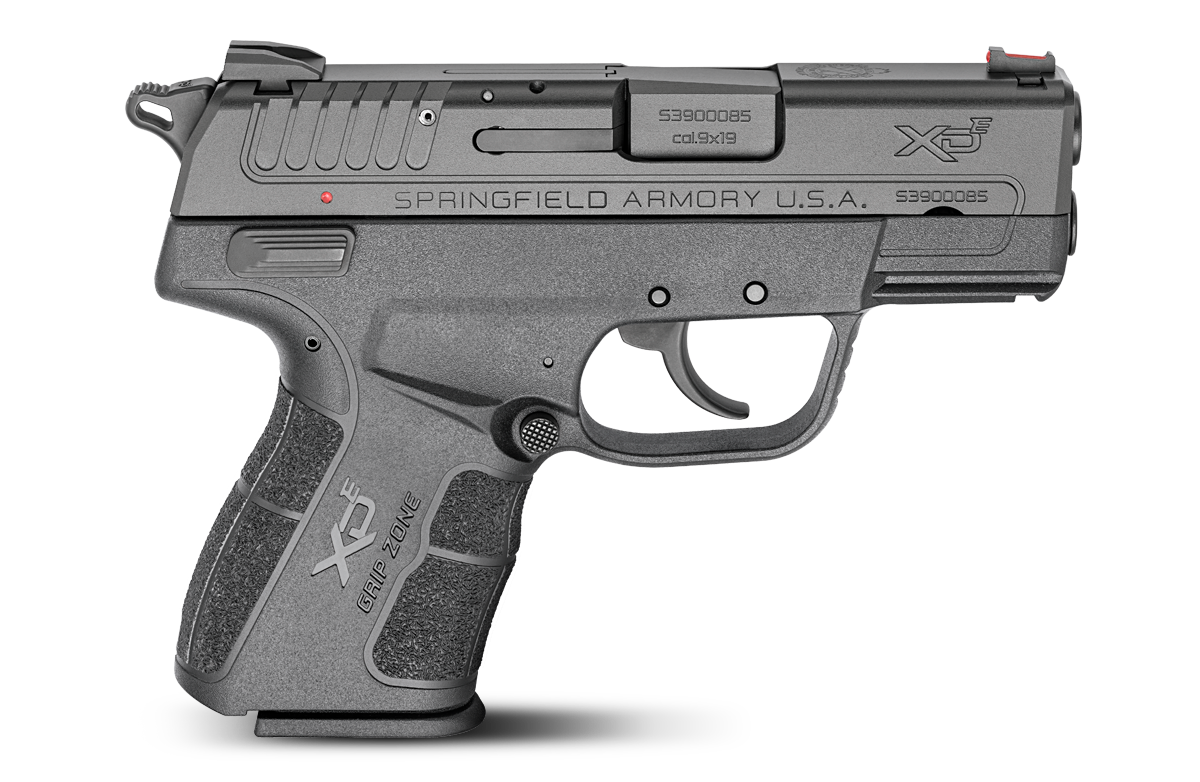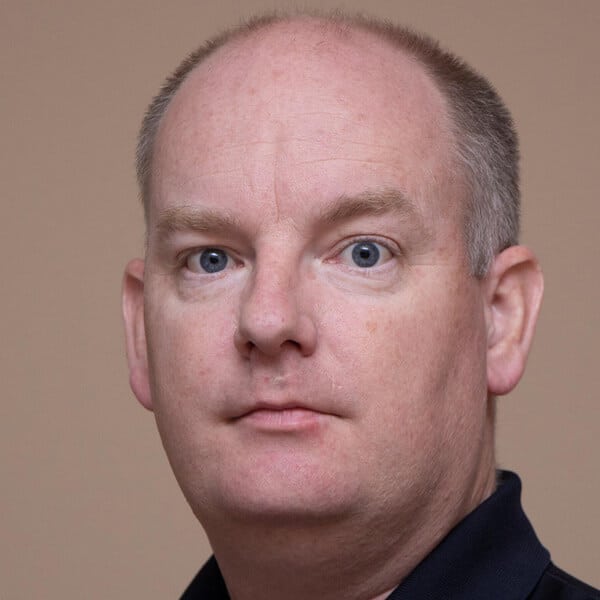21 Right (& Wrong) Gun Terms
December 27th, 2020
7 minute read
Have you ever talked to a hobbyist who completely nerds out on his passion? Unless you share a similar interest, it won’t take long before words you’ve never heard before come flying your way.

Whether you are a new gun owner or a regular shooter, there are a lot of common firearms terms you should take the time to understand. Otherwise, you may be left to wonder what your fellow shooters are talking about.
In common gun related conversations, the following terms are words and phrases that you will likely run into. I’ll break them down into easily understood definitions. Let me know if you think I missed any important ones!
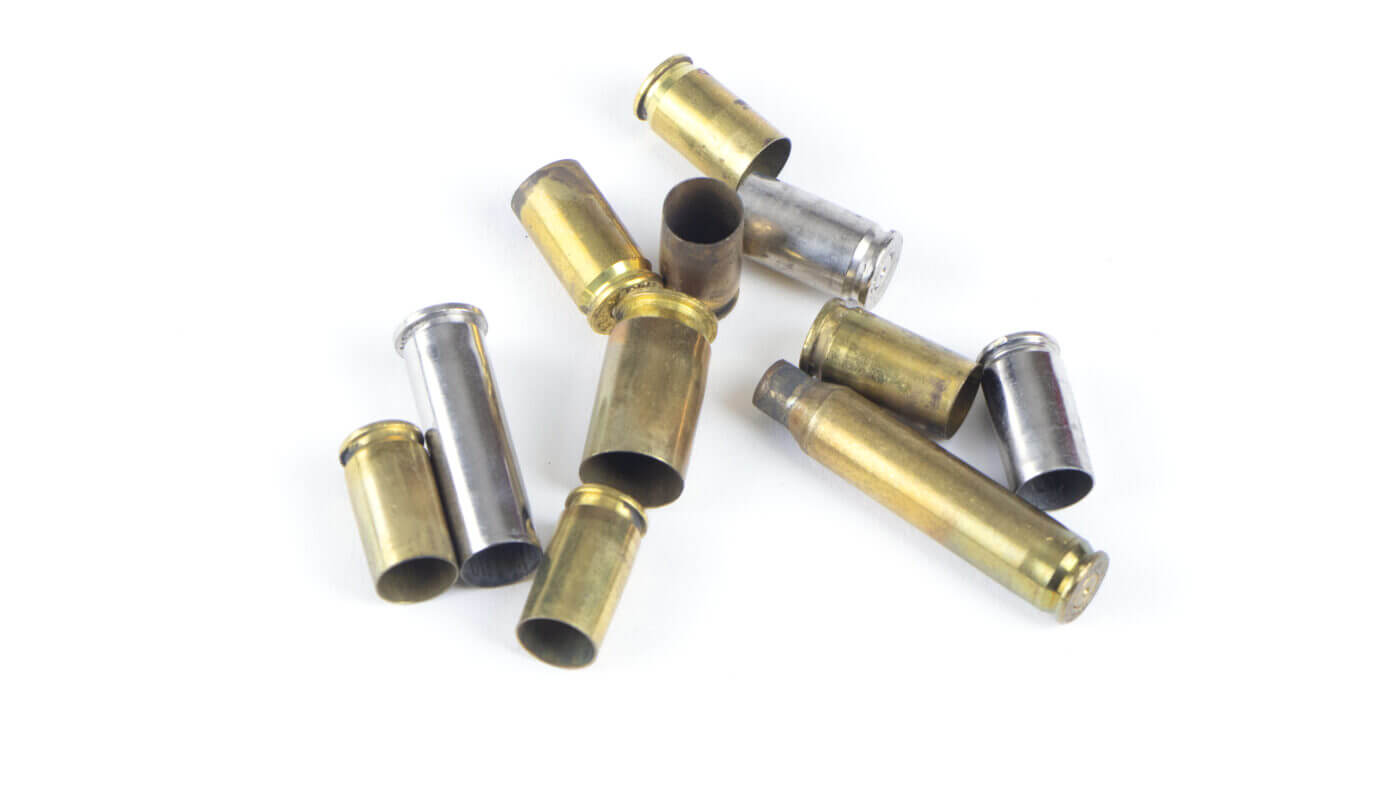
Action: The gun’s action is the collection of parts that allow it to chamber and fire a cartridge. There are a variety of actions such as automatic, semi-automatic, bolt, lever and revolver.
Assault Rifle: Assault rifles are typically small- to intermediate-caliber rifles that have some kind of fully automatic action. This term is often misapplied to semi-automatic, civilian-legal firearms. Typically, they are equipped with a switch or lever that allows the shooter to engage fully automatic mode (the German StG44 is considered the first true “assault rifle”). Some of these firearms have a “burst” fire mode that fires a predetermined number of rounds instead of a fully automatic mode. In the United States, true “assault rifles” are heavily regulated and not produced for sale to civilians.
Assault Weapon: This is a political term that has no consistent definition and is inaccurately applied to a wide range of firearms. It is typically used to define any number of firearms, usually determined by their appearance.
Barrel Hood: If you examine a modern pistol, the barrel hood is the portion of the barrel that is exposed to view through the ejection port. Internally, this portion of the barrel is the chamber area that holds the cartridge for firing. In many modern autopistol designs, it also acts as part of the locking mechanism.

Bolt-Acton: Bolt-actions are most commonly rifles. In general, a bolt-action gun is a manually operated firearm that has a handle attached to the side of the bolt that the shooter uses to manually work the action. Turning the bolt and pulling it back will extract and eject a spent case. Moving the bolt forward — closing the action — and turning down the bolt handle down will load a new cartridge and cock the trigger.
Breech: The rear portion of the barrel of a firearm that contains the chamber portion where a cartridge is seated. As opposed to muzzleloading firearms where powder and projectiles are loaded from the muzzle, breechloaders load from the rear portion of the barrel at the action area.
Caliber: Officially, caliber is only the measurement of the width of a projectile measured in inches. Unofficially, many people use the term to refer to the specific cartridge a firearm is designed to shoot. Conversely, it can also be measured in millimeters. For example, the Hellcat pistol has a bore of 0.355” (approximately 9.02mm), however, many people would say the gun’s caliber is 9mm.

Cartridge: A modern cartridge consists of a case, primer, bullet and powder. The cartridge case contains all of the other components. A primer is the small round component in the base of the case. When struck, the primer ignites the powder in the case. As the powder burns, it creates pressure that forces the bullet out of the case and down the barrel of the gun.
Clip: One of the most misused firearms terms, a clip is a device used to hold ammunition together, but has no spring assembly or mechanism. Clips are often used with guns that have fixed magazines like the M1 Garand rifle and the original Mauser C96 pistol. The term clip is frequently confused with magazine.
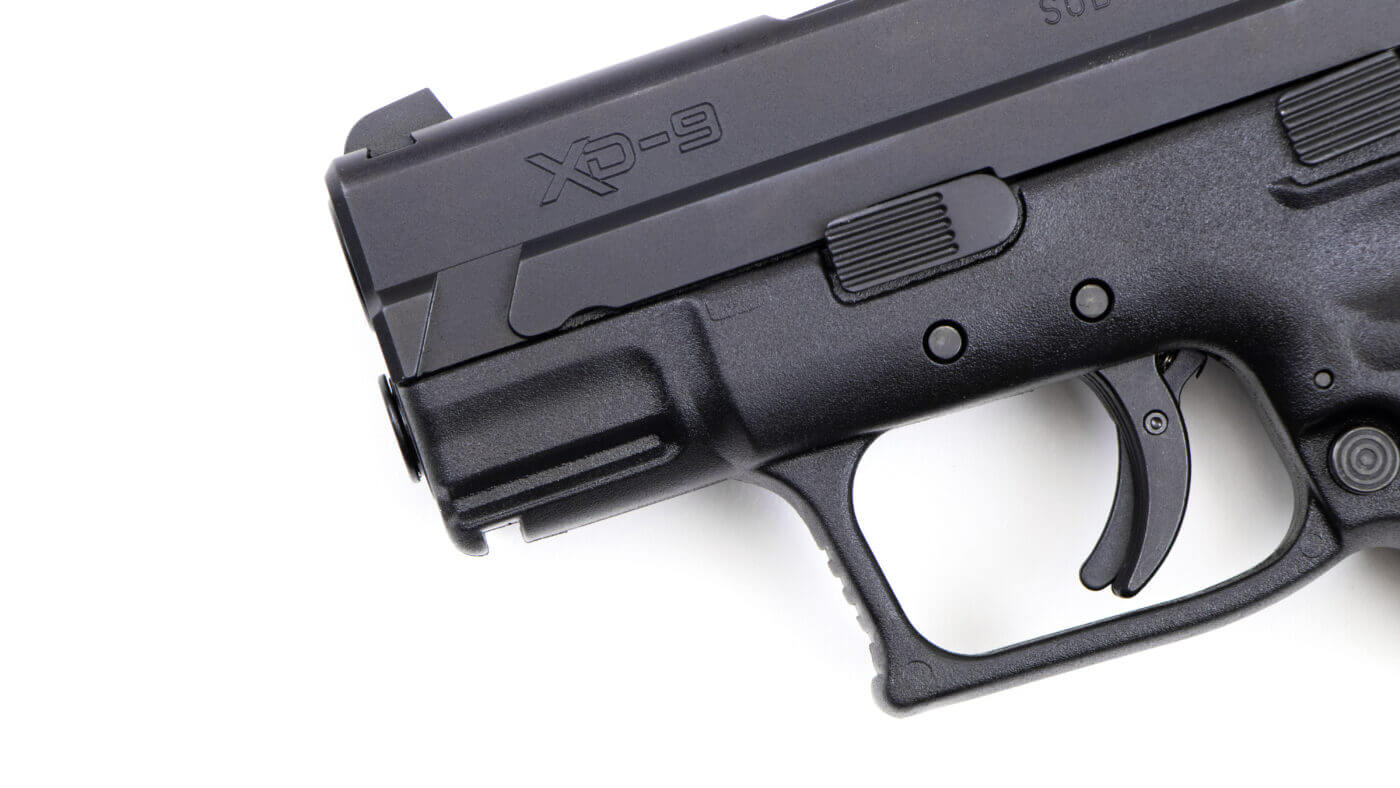
Dust Cover: Anything that covers or seals the ejection port of a firearm is a dustcover. It may also be known as an ejection port cover. The term can also refer to the part of a pistol’s frame forward of the trigger guard.
Extractor: Often confused with an ejector, an extractor in a firearm generally is designed to grasp the rim of a cartridge and pull it free of the chamber to clear the gun. This is often a hooked piece of metal that wraps around the rim, but it can also be a star-shaped piece in a modern revolver that pushes cases out of the cylinder.
Ejector: The ejector works in concert with the extractor, and generally is designed to strike the case of a round on the outer edge of the rim to cause to be ejected from the firearm. The extractor pulls the round out of the chamber, and a smartly cycled action then strikes the case against the ejector to eject the round out of the ejection port.

Full Metal Jacket: This describes a bullet design in which a lead core is jacketed with another material – typically copper. Full metal jacket (FMJ) bullets have an exposed lead base. Some bullets have a complete jacket and are sometimes called Total Metal Jacket (TMJ) projectiles.
Lever-Action: If you’ve ever seen a cowboy movie, you’ve probably seen a lever-action gun. These firearms have a metal handguard around the trigger that moves. When you lever the handguard down, it opens the chamber and removes any fired case. Returning the lever to the shooting position closes the chamber, loads a round into the chamber and cocks the trigger to shoot.

Magazine: A part of the gun that holds ammunition and makes it ready to be fed into the chamber for firing. Magazines can be fixed or removeable. Most modern pistols and rifles use detachable magazines that can be removed from the gun for loading or storage.
Muzzle: The muzzle is the forward edge of a firearm’s barrel where a projectile exits. A well-machined, undamaged muzzle can offer improved accuracy over one that is poorly cut or dinged from careless handling.
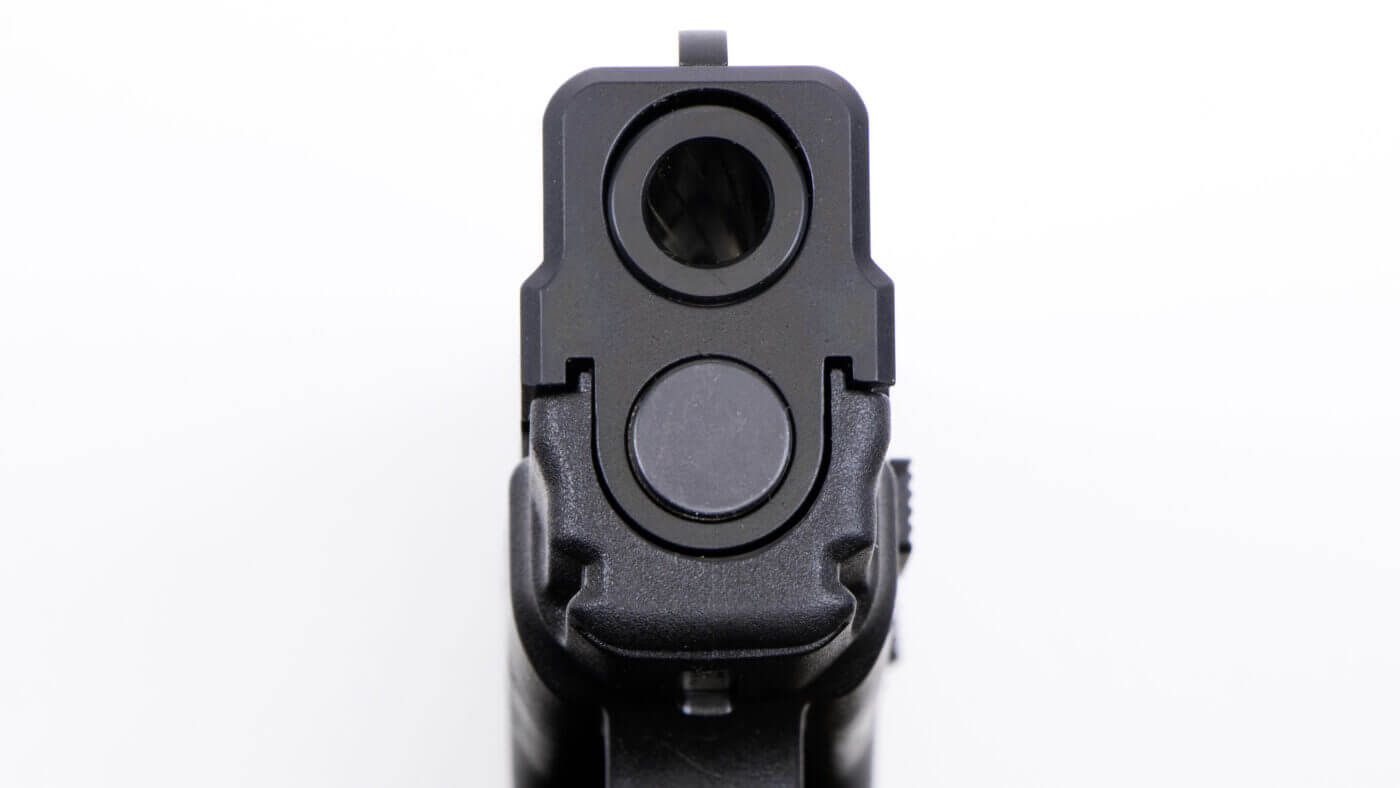
Powder: All modern cartridges use smokeless powder. When ignited by a primer, the powder burns to create pressure to force a bullet down the barrel of a gun. Black powder is a special kind of powder used in muzzleloading firearms. Black powder and smokeless powder are not interchangeable, and using one in place of the other can be extremely dangerous.
Primer: A primer is used to ignite the powder in a cartridge. It is typically made of an impact-sensitive material that creates a spark when hit by a firing pin in a gun.

Revolver: Predominantly seen in handguns, revolvers have a cylinder that holds cartridges. As you cock the hammer on the gun, the cylinder revolves, or spins, to a new cartridge that fires as you complete the trigger pull. A single-action revolver requires you to manually cock the trigger. A double-action revolver simultaneously rotates the cylinder and cocks the hammer with a longer trigger pull. Most defensive revolvers are double-action style guns. Revolvers are sometimes known as wheel guns and six shooters.

Semi-Automatic: A semi-automatic firearm is one that discharges a single bullet with a single press of the trigger. The action uses some of the recoil energy (or gas tapped off the barrel) from the shot to eject the spent case and load a new cartridge. The gun will not fire until the trigger is pressed again. Semi-automatic firearms are one of the most common kinds of guns in existence.
[Be sure to read How to Load a Pistol.]
Silencer (or “Suppressor”): This is a sound suppressing device that acts much like a car’s muffler. While the term “sound suppressor” is more accurate, the name comes from the Maxim Silencer. The Maxim Silencer is considered to be the first commercially successful firearm sound suppressor. Unlike Hollywood depictions, a silencer mitigates the dangerous sound pressure levels of a gun but do not eliminate the sound of a cartridge being fired. In fact, many rifles equipped with a sound suppressor still require the use of hearing protection for safe operation.
Editor’s Note: Please be sure to check out The Armory Life Forum, where you can comment about our daily articles, as well as just talk guns and gear. Click the “Go To Forum Thread” link below to jump in and discuss this article and much more!
Join the Discussion
Featured in this article
Continue Reading
Did you enjoy this article?

 397
397






